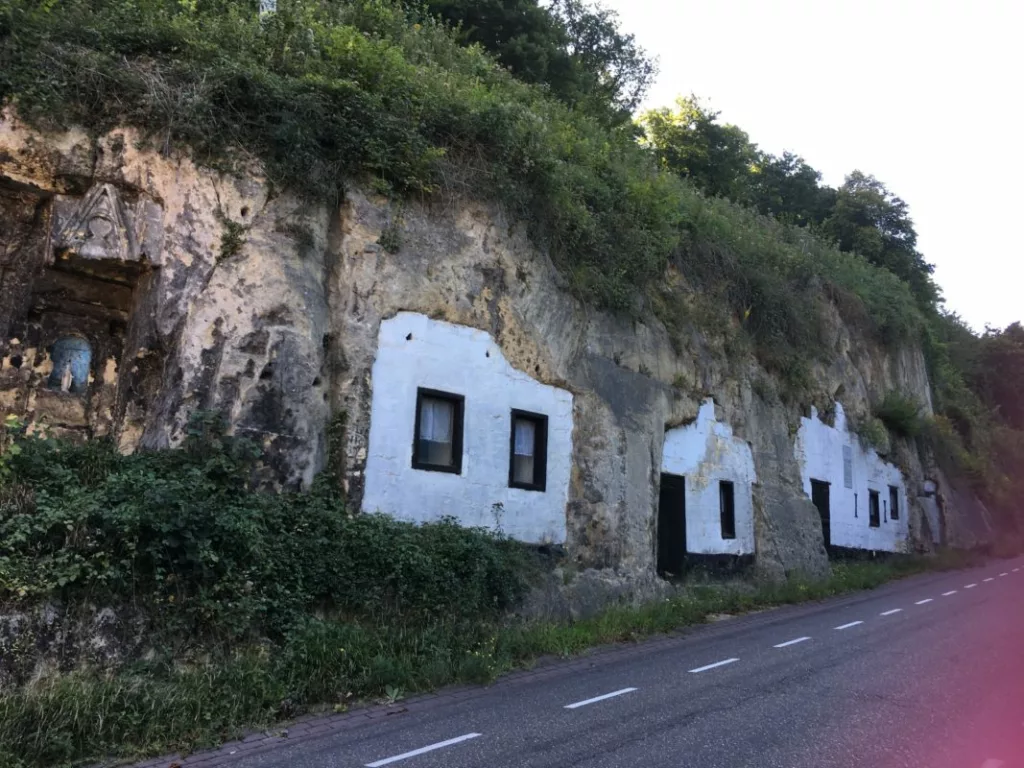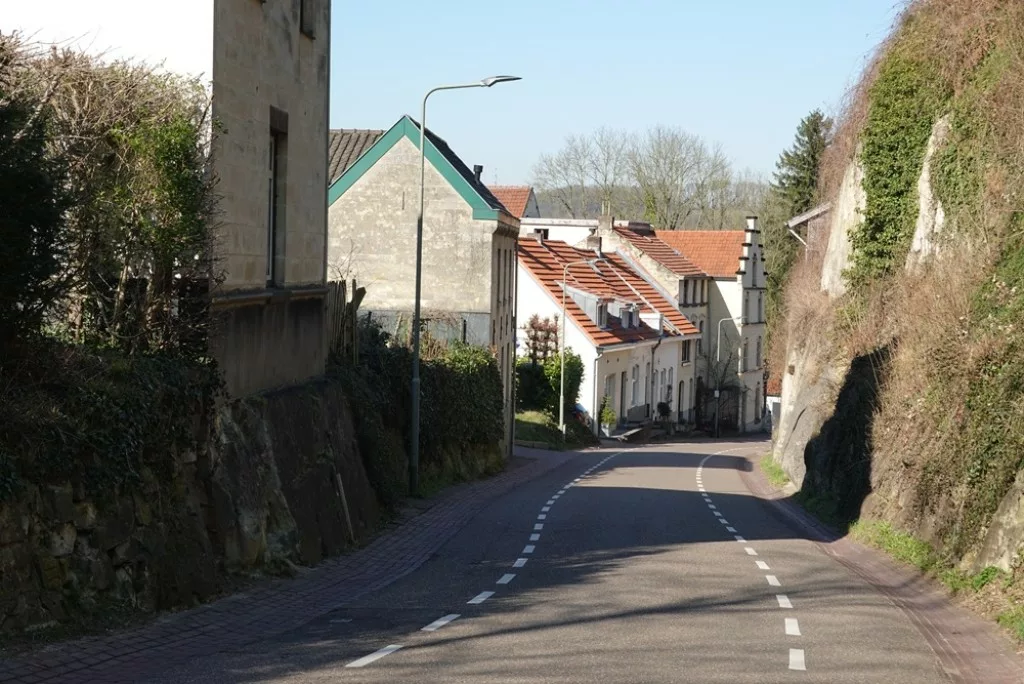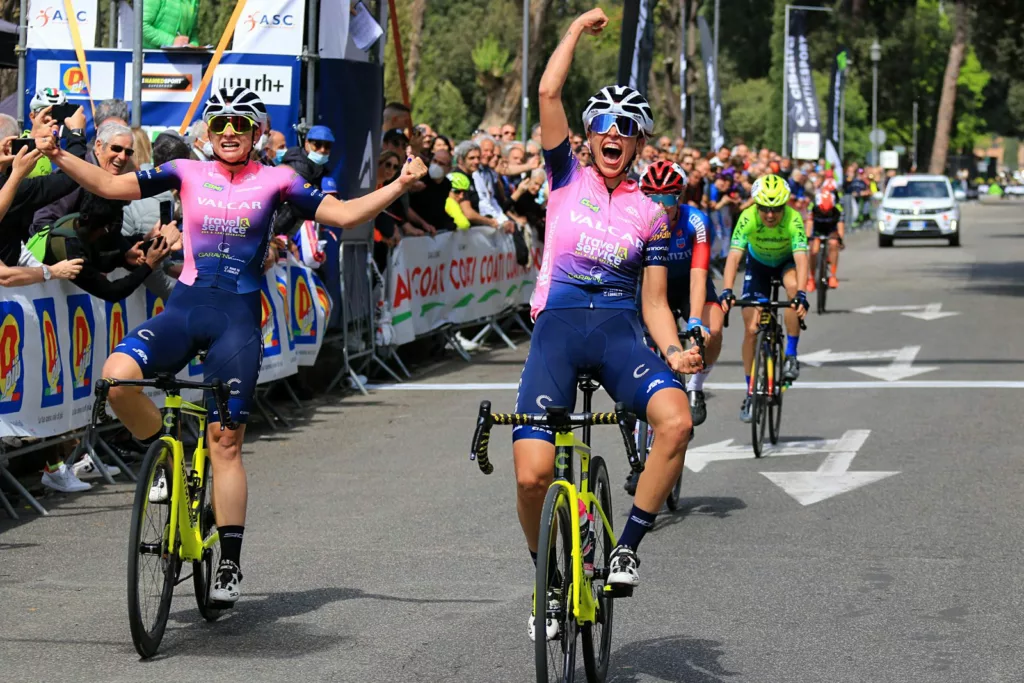The Geulhemmerberg, a picturesque hill nestled in the Limburg region of the Netherlands, is an essential part of the prestigious Amstel Gold Race. This annual one-day road cycling event, which features both men’s and women’s races, is a UCI WorldTour classic that has captivated cycling enthusiasts since its inception in 1966. In this article, we will delve into the history and significance of the Geulhemmerberg and explore its impact on the Amstel Gold Race.
Table of Contents
ToggleThe Geulhemmerberg: A Steep Challenge
Located in the southernmost part of the Netherlands, the Geulhemmerberg is a relatively short but steep climb, which has tested cyclists in the Amstel Gold Race for many years. Boasting an average gradient of 6%, the ascent can reach up to 9% in some sections, making it a challenging prospect for even the most experienced riders. With a total length of approximately 1 km, the Geulhemmerberg demands a combination of strength, strategy, and stamina from those who dare to conquer it.
The Amstel Gold Race: An Enduring Classic
The Amstel Gold Race was founded in 1966 by Dutch sports journalist and former professional cyclist Ton Vissers and race organiser Herman Krott. Their shared vision was to create a Dutch classic cycling event that could rival the prestigious races held in neighbouring Belgium and France. The race initially started in the Dutch city of Breda and finished in Meerssen, but over the years, it has seen numerous changes in its course, always maintaining its characteristic hilly profile. The race has consistently evolved and adapted, with the current course starting in Maastricht and finishing in Berg en Terblijt after taking on a series of challenging climbs, including the Geulhemmerberg. In its relatively short history, the Amstel Gold Race has captured the imagination of cycling fans worldwide and has grown into a true classic, attracting the sport’s top talent and showcasing the beauty and challenge of the Limburg region.
The Amstel Gold Race, named after its main sponsor, the Amstel Brewery, has grown in stature over the years to become one of the most prestigious and eagerly anticipated races in the professional cycling calendar. Held in the rolling Limburg countryside, the race’s hilly terrain and narrow roads present a unique challenge for cyclists. The men’s race, which began in 1966, has welcomed some of the sport’s biggest names, while the women’s race, introduced in 2001 before going on a hiatus between 2004-2016, has quickly gained prominence in the world of professional cycling.
The Geulhemmerberg in the Amstel Gold Race
The Geulhemmerberg has been a regular feature in the Amstel Gold Race since the early years of the event. It usually appears in the middle section of the race and acts as a stepping stone to the final, decisive climbs that will determine the race’s outcome. Over the years, the Geulhemmerberg has provided a platform for countless attacks, with riders often using its steep slopes to launch an assault on their rivals and seize the initiative.
In the men’s race, iconic riders such as Eddy Merckx, Bernard Hinault, and Philippe Gilbert have tamed the Geulhemmerberg on their way to victory. Meanwhile, in the women’s event, Marianne Vos, Anna van der Breggen, and Kasia Niewiadoma all conquered the climb and claimed victory in the race.

Cave houses on the Geulhemmerberg
Nestled at the foot of the Geulhemmerberg, in the village of Geulhem, lies a truly unique and fascinating piece of history: the Geulhemmergroeve, or the Cave House at Geulhem. This remarkable limestone dwelling dates back centuries and offers a glimpse into the region’s past while providing a one-of-a-kind experience for visitors.
The Cave House at Geulhem is a man-made dwelling carved into the limestone hillside. The extraction of marl, a calcium carbonate-rich sedimentary rock, began in the area as early as Roman times and continued for centuries. Over time, vast networks of underground passages were created as a result of the marl quarrying activities. Some of these abandoned quarry tunnels were converted into cave houses by local residents, offering a unique form of shelter and a constant cool temperature throughout the year.
The Importance of the Geulhemmerberg
The Geulhemmerberg holds a special place in the Amstel Gold Race for several reasons. Its position within the race course makes it a crucial strategic point, as riders need to measure their efforts carefully to ensure they have enough energy left for the final climbs. Furthermore, the ascent’s narrow roads and steep gradients create a natural selection process, with only the strongest riders able to keep pace with the front of the race.
The Geulhemmerberg has also become a fan favourite, with spectators lining its slopes to cheer on their cycling heroes. The atmosphere on the hill during the race is electric, as the passion of the fans pushes the riders to their limits.
The Geulhemmerberg is an integral part of the Amstel Gold Race’s rich history and enduring appeal. As both the men’s and women’s races continue to captivate cycling fans, the Geulhemmerberg will remain a key battleground in the fight for victory. With its challenging gradients and strategic significance,






